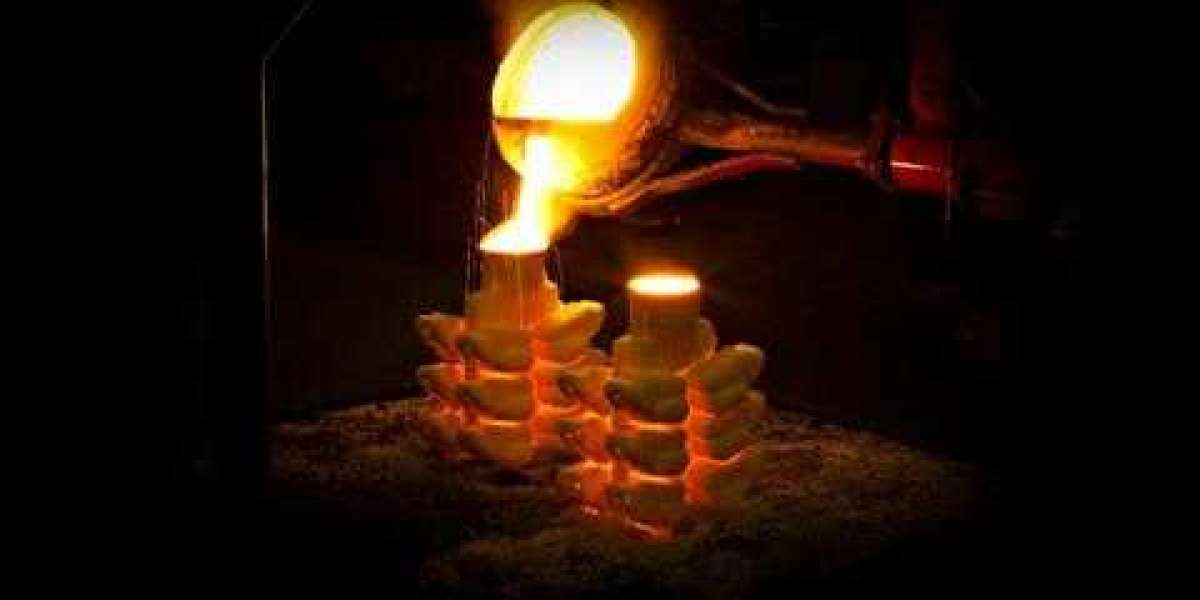When it comes to selecting the right material for various applications, engineers and manufacturers often face the dilemma of choosing between ductile iron vs cast iron. Both materials have their own unique properties and applications, making the decision a crucial one. In this guide, we'll delve into the differences between ductile iron vs cast iron, their respective properties, applications, advantages, and limitations to help you make an informed choice.
Ductile Iron: Ductile iron, also known as nodular or spheroidal graphite iron, is a type of cast iron with graphite in the form of nodules rather than flakes, imparting greater ductility and toughness to the material. This characteristic makes ductile iron more flexible and less brittle compared to traditional cast iron. Some key properties of ductile iron include:
- High tensile strength: Ductile iron exhibits higher tensile strength than cast iron, making it suitable for applications that require strength and durability.
- Improved ductility: The nodular graphite structure of ductile iron allows it to deform under stress instead of fracturing, making it more resistant to impact and fatigue.
- Excellent machinability: Ductile iron is relatively easier to machine compared to some other materials, allowing for efficient manufacturing processes.
- Corrosion resistance: Ductile iron can be engineered with corrosion-resistant coatings or alloying elements to enhance its resistance to corrosion, making it suitable for use in aggressive environments. Applications of ductile iron include:
- Automotive components such as crankshafts, gears, and pistons
- Pipe fittings and valves in water and wastewater systems
- Hydraulic components like cylinders and pistons
- Structural components in construction and infrastructure projects
Cast Iron: Cast iron is a broad term encompassing various iron-carbon alloys, including gray iron, white iron, and malleable iron. Unlike ductile iron, cast iron typically contains graphite in the form of flakes, resulting in lower ductility and impact resistance but higher compressive strength. Some characteristics of cast iron include:
- Good casting properties: Cast iron exhibits excellent fluidity and castability, allowing for intricate shapes and complex designs to be easily cast.
- High compressive strength: The microstructure of cast iron provides high compressive strength, making it suitable for applications subjected to heavy loads and compression.
- Wear resistance: Certain types of cast iron, such as white iron, are known for their exceptional wear resistance, making them suitable for applications involving abrasive wear.
- Heat retention: Cast iron has excellent heat retention properties, making it ideal for applications where heat distribution and retention are important, such as in cooking utensils and machinery components. Applications of cast iron include:
- Engine blocks and cylinder heads in automotive and marine engines
- Machine tool components such as beds, bases, and frames
- Cookware such as skillets, pans, and Dutch ovens
- Pump housings and impellers in industrial pumping systems
Choosing Between Ductile Iron and Cast Iron: When deciding between ductile iron and cast iron for a specific application, several factors need to be considered:
- Mechanical properties required: Evaluate the mechanical properties needed for the application, such as strength, ductility, and impact resistance.
- Environmental conditions: Consider the operating environment, including temperature, corrosion, and wear conditions, and select the material with the appropriate corrosion resistance and wear characteristics.
- Manufacturing considerations: Assess factors such as casting complexity, machinability, and cost-effectiveness of each material for the manufacturing process.
- Regulatory requirements: Ensure compliance with industry standards and regulations governing the use of materials in specific applications, particularly in safety-critical sectors like automotive and aerospace.
Conclusion: ductile iron vs cast iron are versatile materials with distinct properties and applications. By understanding the differences between them and considering various factors such as mechanical properties, environmental conditions, manufacturing considerations, and regulatory requirements, you can make an informed decision when choosing between ductile iron and cast iron for your specific application. Whether it's strength and durability or casting versatility and wear resistance you're after, both materials offer unique advantages to meet your needs.








